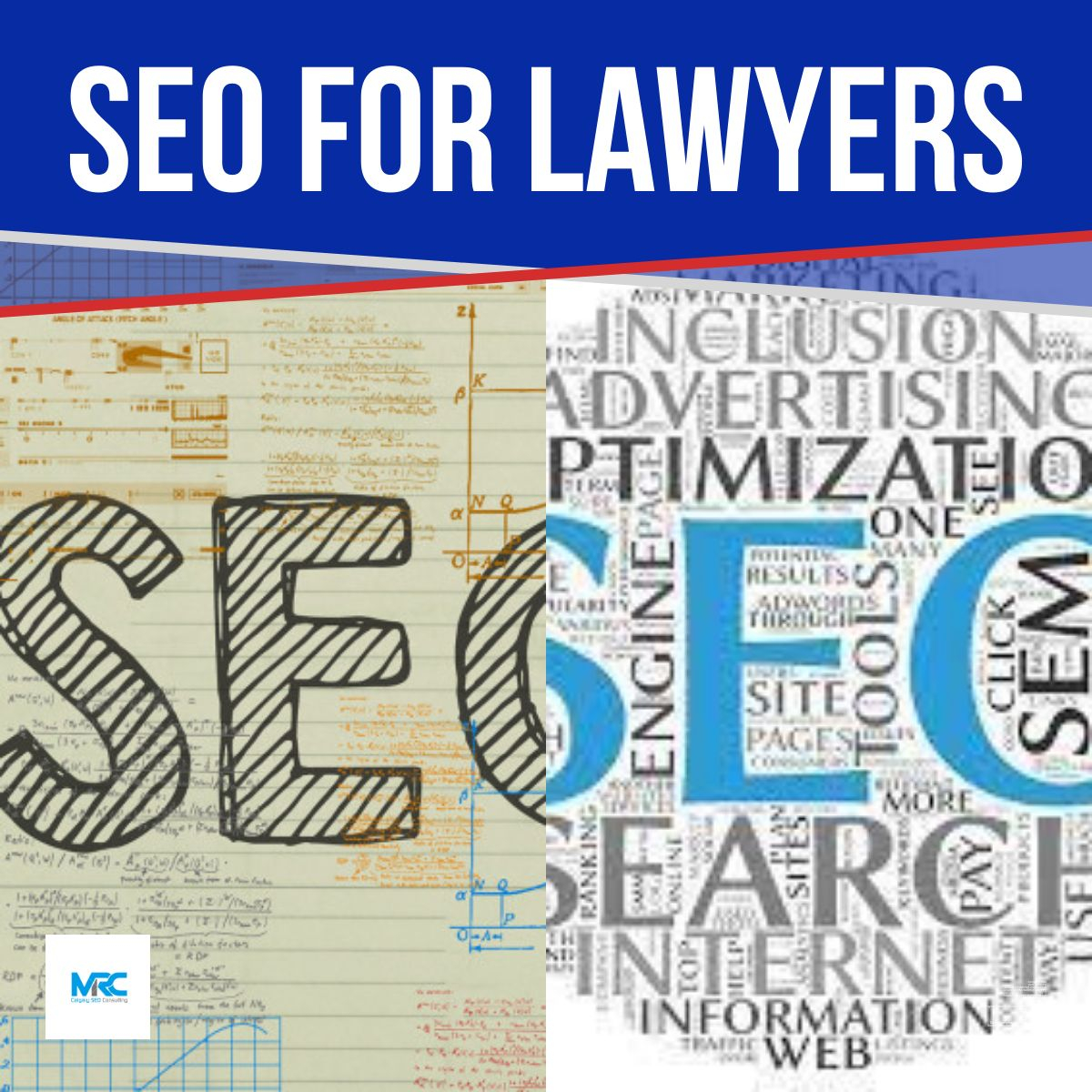As an attorney, you might struggle to understand all the details you need to know to make your website succeed.
One of the most important concepts to understand is Search Engine Optimization. It consists of setting up elements on and off your site, so your website ranks well in different search results. Read on to find out more.
What is SEO?
Each time someone searches for keywords or phrases, your website should appear if you’ve implemented proper Search Engine Optimization strategies.
Currently, Google dominates the search engine market. Around 60% to 80% of users choose it as their preferred site to search for all they want.
Many people choose different methods to optimize their websites for different search engines. However, as an attorney, you need to tailor your tactics to the legal industry, otherwise, they can’t be effective.
If you’re in the legal industry, the marketing process is unique because you have to abide by the regulations set by the state bar associations.
Thus, as an local attorney, you should be very careful about representing your firm on a website. State bar associations can impose many penalties on firms that don’t abide by their rules.
To succeed in online marketing as an attorney, consider the following SEO tips you can implement in an ethical manner:
The First Step for an Attorney to Optimize Their Website
Before you start tweaking your website to rank high on Google search results, you should find good keywords.
Keywords are the main aspect to consider to find out what people are looking for when they go on Google. As an attorney, you should focus on all the keywords that point to visitors looking for legal services.
In other words, you should try to find keywords with decent search volume and focus on the ones people would use if they wanted legal services.
You could, for example, check terms related to your area of practice, compare different phrases to the ones people often search for, and much more. Another good tip is to use synonymous.
There is no magic formula to find the right keywords. However, if you focus on the terms related to your practice area and identify terms with decent search volume, you’re on the right track.
Calls to Action You Should Use
Marketers usually have a way to display Calls to Action on their websites. When you add a CTA, you motivate the visitor to perform a specific action, for example, subscribing to your newsletter.
Attorneys have specific calls to action. The CTAs you use require a different method to ensure they’re effective for Search Engine Optimization purposes.
When you set up your website, you should identify the point where people need to keep scrolling to get more information. That’s called the fold.
Once you locate that spot, you should place your first Call to Action in there. Additionally, you must never forget to include a phone number on every webpage, and it should be on a prominent location, for example, the header.
To ensure effectiveness, you should give people several alternatives to contact you. Instead of just providing a phone number, include an email or other methods, so they have different options if they want to reach out to you.
Schema for Attorneys
The schema is also an essential part of working on the Search Engine Optimization of your website. Without it, the algorithm can’t figure out your content. Thus, you can’t appear on the first pages of Google search.
Schema refers to HTML code. You have to apply it to your content to ensure the search engine understands it and registers it as important.
If you’re in the legal industry, you have a specific set of schema. With it, search engines automatically relate your content to a law firm or something similar.
To manage your website following the correct rules and ethical procedures, you should apply schema to all emails, reviews, addresses, phone numbers, names, and biographies of any attorney you have on your law firm. It also applies to your own information.
Although schema seems like a difficult feature to set up, it’s worth it. If you apply it, your search results can benefit from an increase in click-through rates.
How to Create Umbrellas of Legal Content
Google is not a simple platform. It processes content in a very specific way, and you should consider that if you want to rank high in every search result.
Suppose you visit a website with good information, but it’s scattered around each page in a weird manner, which makes it difficult to read. Once you leave the site, you’re probably not going to come back.
To understand the importance of creating legal content umbrellas, you should remember all the topics attorneys need to know about. You have to organize your content in an understandable way, so visitors want to visit, come back, and hire your services.
Additionally, you can make your website succeed, but you should follow certain guidelines. If you organize information systematically, people can find your content without any issues.
When you organize the content of your site, you should focus on several aspects. Firstly, your site should have an overall theme, such as personal injury law.
Secondly, each page could focus on a subtopic of that overall theme. However, you should only include one aspect per webpage. If you build and organize your content correctly, people can easily find your website.
An Important Fact about Content Writing
Not everyone can write legal content. If you want your website to succeed, you need to ensure that only attorneys write everything on the site.
You should be very careful when you’re deciding who writes your content. Some states even have laws if you want to publish legal advice.
On some occasions, you might be too busy to write your own content as an attorney. Therefore, hiring someone else to do the job may be an option. However, you have to evaluate their credentials and feature them on your site to make sure you’re abiding by the rules.
To offer visitors high-quality legal content and different services, you have to ensure that an attorney or competent professional writes it.
How to Stay on Top of Every Search
The world of law is very complicated and deals with human issues. It allows you to stay in touch with many people, get to know them, and even help them sometimes.
However, when you’re an attorney, there’s no shortage of competition. Thus, working on your Search Engine Optimization is crucial if you want to get more visitors.
Even though improving your SEO sounds like a straightforward process, you have to focus on the demographics to make things work. In other words, you should be visible on local search. If you can achieve that, Google might benefit you.
Staying visible in local searches is not very easy, especially if you have a lot of competition around you. Nonetheless, there are some strategies you could implement to achieve it.
You could, for example, search local directories and join them. Additionally, you can repeat the process with traditional ones.
Another great strategy is to claim your profile in Google My Business. Fill out the form completely and wait for your verification to be complete.
Making a page solely centered on a specific location is also a good method. You should include geo-centered terms, which help improve local search visualization.
Finally, you can get your AVVO profile and take advantage of Yext. The latter can help your profile be visible in many local searches.
Remember Link Building
Since 2016, people have understood the importance of link building. Google considers it as one of the main factors to ensure a website ranks high. Thus, you should take it into account if you want to achieve your digital goals.
Link building sounds easy at first, but it takes time and effort. Attorneys need to get links from relevant and good sources, otherwise, the process doesn’t work.
As an attorney, you have to do research and get the best links you can. Some important websites to keep in mind are AVVO, NOLO, Lawyers.com, and Justia. If you have a big number of good links on your site, you’re more likely to rank well in Google.
Conclusion
Digital marketing started years ago. However, most people didn’t consider it a good option until recently.
Currently, law professionals can greatly benefit from setting up a website and working on its Search Engine Optimization. Nonetheless, they should know some things before getting started.
Keywords and local visualization are two of the most important things to make your law-centered website succeed. You should also remember to give your visitors quality content and to ensure that only licensed professionals write it.
Now that you know all the basics, you’re set to apply them to your website. Keep all the tips in mind and you can improve, even if you’re just a beginner in the digital world.
Making a site is not just an option anymore – many clients simply find an attorney online before you can even introduce yourself. Take advantage of that and build an incredible website!






